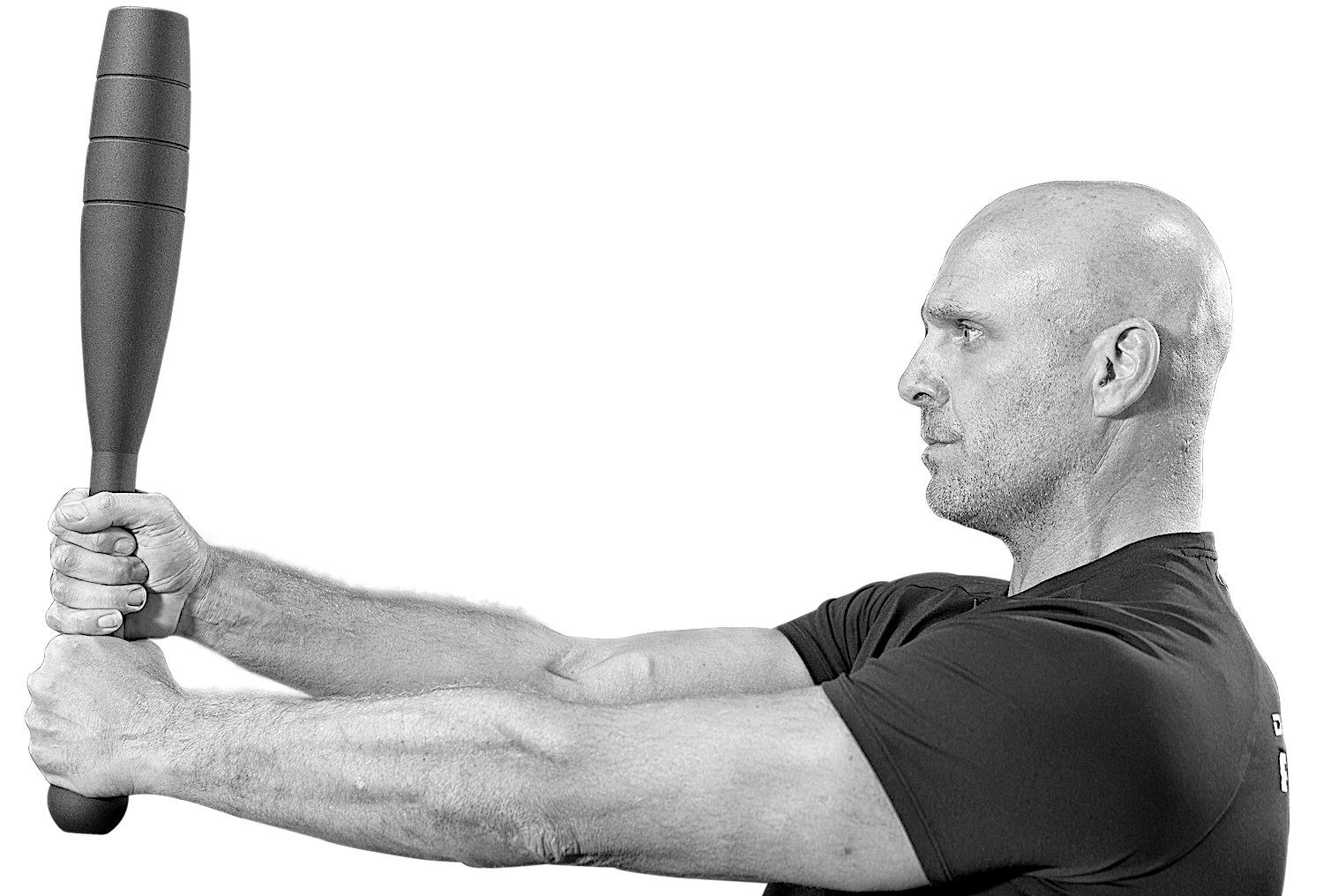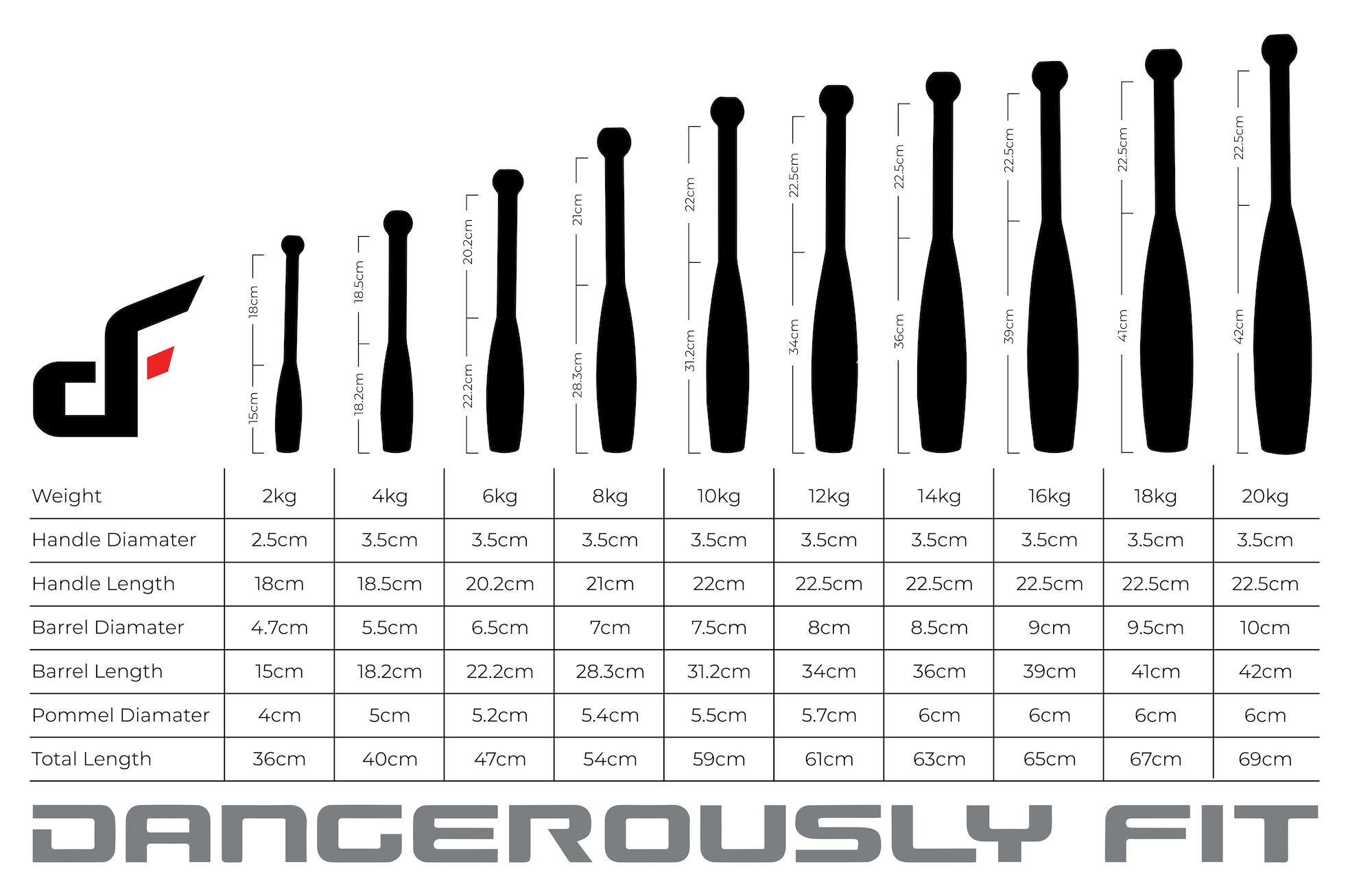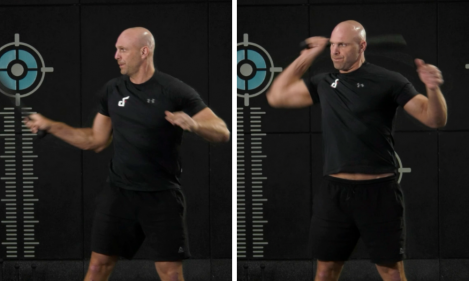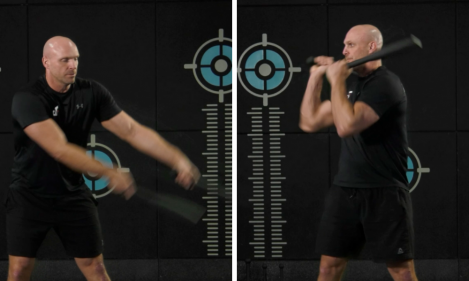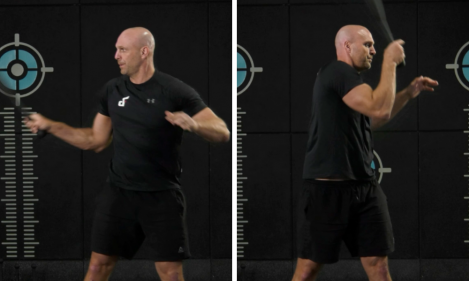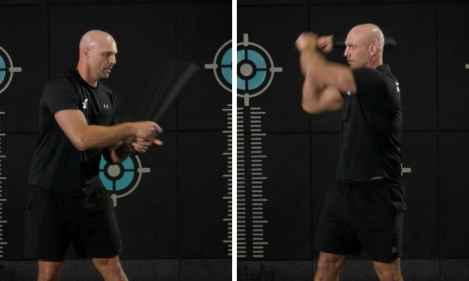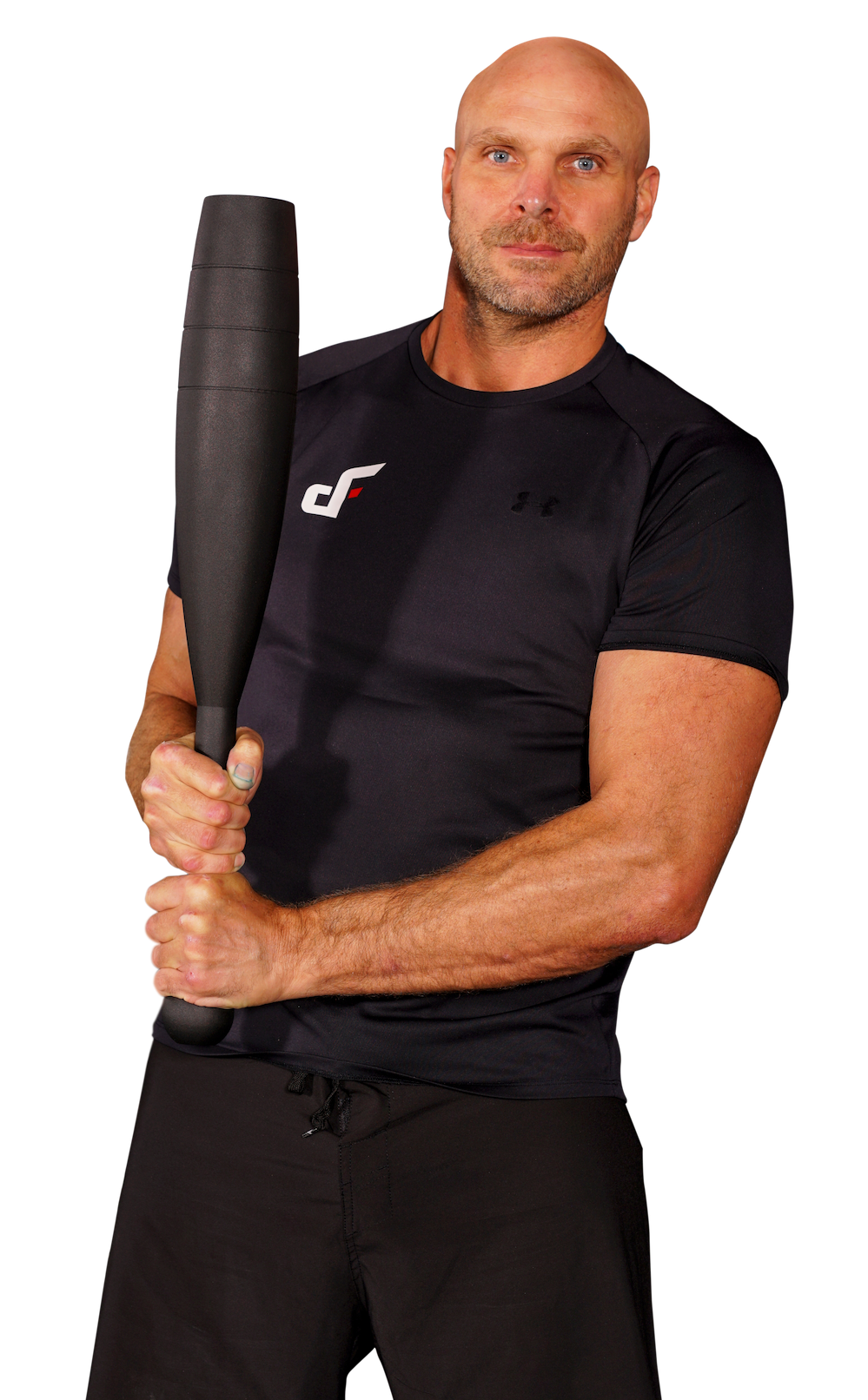The Clubbell, or steel club as it is often referred to has been a training tool for thousands of years.
Ancient warriors from all cultures trained with the club to mimic chopping movements required for battle. They knew that stronger shoulders and grip meant a deadlier blow when striking an enemy and less time wasted.
With the introduction of more sophisticated body armour, training with heavy clubs also meant warriors could carry heavier weapons allowing them to pierce through stronger armour.
Martial artists from India (Kalaripayat), Persia (Pahlavani) and Russia (SAMBO) took the club and utilized it to develop strength, mobility and restorative health.
The club was originally from Ancient Greece, then made it’s way to Persia and then became popularized in India.
British soldiers that were stationed in colonial India in the 19th century introduced clubs to the west.
They used the clubs as a training tool and named them ‘Indian clubs’.
Indian clubs were widely used in Europe and America in the 19th and early 20th century.
British, Russian and US military trained with the Indian Club as part of their physical exercise regimen, and they appeared as an Olympic sport in 1904 and 1932.
But, over time the popularity of Indian Clubs dwindled with the invention of machines and pulleys.
Training became more about lifting heavier and heavier weights and less about functional strength and mobility.
In recent years, the clubbell has again gained in popularity in the Western World.
Now, martial artists, fitness professionals and athletes have begun incorporating club training into their workouts to increase strength and mobility.


